Buy this of Rotterdam The Boompjes Rotterdam by Rob van der Teen on canvas, ArtFrame, poster and wallpaper, printed on demand in high quality.
About "The Boompjes Rotterdam"
by Rob van der Teen
About the artwork
Around 1600, Rotterdam started the construction of the Waterstad, located outside Schielands Hoge Zeedijk. A promenade was built between Leuvehaven and Oude Haven, on which a double row of lime trees was planted in 1615. Descending towards the water, willows were planted. The arrival of this lush greenery soon caused the Rotterdammers to call the quay 'De Boomptjens'. Almost two centuries later, the quay was renamed differently for a short period because of the birth of a child of Emperor Napoleon in 1811. De Boompjes was then renamed Quai Napoléon or Napoleons Kaay, and its recreational function remained in the foreground until the 19th century. After 1878 with the construction of the Willemsbrug, the traffic function came to dominate. In the May days of 1940, the Boompjes was the front line, leading to a lot of damage. The bombing of Rotterdam then destroyed most of the buildings including the Oostindisch Huis, the Swedish Seamen's Church and the synagogue of the Dutch Israelite Community.

About Rob van der Teen
Nadat ik de opleiding aan het Grafisch Lyceum in Rotterdam had afgerond ben ik begonnen als zeef- en offsetdrukker en vervolgens maakte ik carrière als dtp-er/Ctp-er, grafisch vormgever en fotograaf. Ik werkte aan projecten voor bedrijven, non-profitorganisaties, vormgevings- en reclamebureau's. Hier ben ik mij gaan gespecialiseren in.. Read more…
 Netherlands
Netherlands Ordered in August 2018
Ordered in August 2018
 Germany
Germany Ordered in November 2019
Ordered in November 2019
 Netherlands
Netherlands Ordered in August 2021
Ordered in August 2021
 Germany
Germany Ordered in May 2021
Ordered in May 2021
 Germany
Germany Ordered in December 2022
Ordered in December 2022
 Germany
Germany Ordered in June 2020
Ordered in June 2020
 Netherlands
Netherlands Ordered in November 2020
Ordered in November 2020
 Netherlands
Netherlands Ordered in July 2023
Ordered in July 2023
 Germany
Germany Ordered in November 2020
Ordered in November 2020
 Netherlands
Netherlands Ordered in May 2020
Ordered in May 2020
 Netherlands
Netherlands Ordered in March 2019
Ordered in March 2019
 Germany
Germany Ordered in September 2020
Ordered in September 2020
About the material
ArtFrame™
Interchangeable Art Prints
- High-quality print
- Easily interchangeable
- Acoustic function
- Large sizes available
Discover the artworks of Rob van der Teen
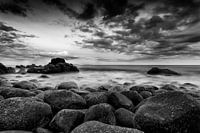 Madeira by SeaRob van der Teen
Madeira by SeaRob van der Teen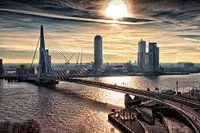 Rotterdam Skyline in the morningRob van der Teen
Rotterdam Skyline in the morningRob van der Teen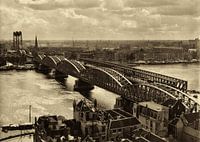 Old Railway Bridge Rotterdam (1952)Rob van der Teen
Old Railway Bridge Rotterdam (1952)Rob van der Teen Old Railway Bridge Rotterdam (1952) Black and whiteRob van der Teen
Old Railway Bridge Rotterdam (1952) Black and whiteRob van der Teen Rotterdam Skyline in the morning (Landscape)Rob van der Teen
Rotterdam Skyline in the morning (Landscape)Rob van der Teen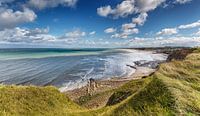 Omaha BeachRob van der Teen
Omaha BeachRob van der Teen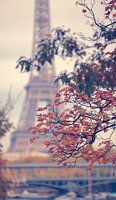 Dreamy Paris FranceRob van der Teen
Dreamy Paris FranceRob van der Teen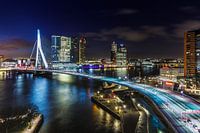 Skyline Rotterdam sunsetRob van der Teen
Skyline Rotterdam sunsetRob van der Teen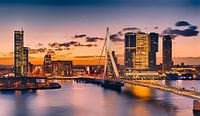 Rotterdam cityRob van der Teen
Rotterdam cityRob van der Teen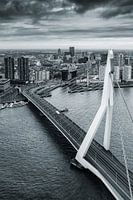 Rotterdam CityRob van der Teen
Rotterdam CityRob van der Teen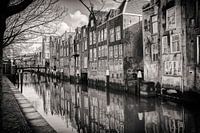 Dordrecht behind the Grote Kerk, VoorstraathavenRob van der Teen
Dordrecht behind the Grote Kerk, VoorstraathavenRob van der Teen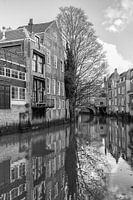 Voorstraathaven DordrechtRob van der Teen
Voorstraathaven DordrechtRob van der Teen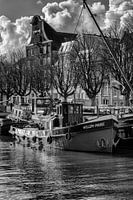 Wolwevershaven DordrechtRob van der Teen
Wolwevershaven DordrechtRob van der Teen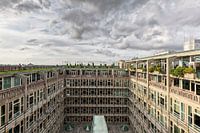 The Groothandelsgebouw RotterdamRob van der Teen
The Groothandelsgebouw RotterdamRob van der Teen Rotterdam at dawnRob van der Teen
Rotterdam at dawnRob van der Teen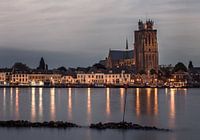 Dordrecht Big ChurchRob van der Teen
Dordrecht Big ChurchRob van der Teen Keep calm and drink coffeeRob van der Teen
Keep calm and drink coffeeRob van der Teen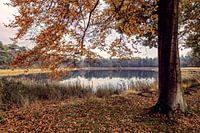 Mastbos Breda 2.0Rob van der Teen
Mastbos Breda 2.0Rob van der Teen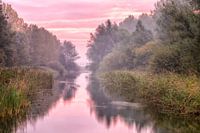 Autumn De Elzen DordrechtRob van der Teen
Autumn De Elzen DordrechtRob van der Teen Elst NetherlandsRob van der Teen
Elst NetherlandsRob van der Teen
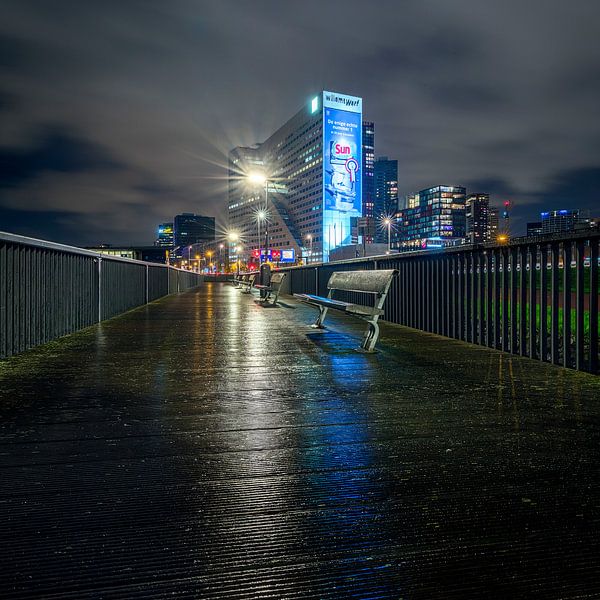
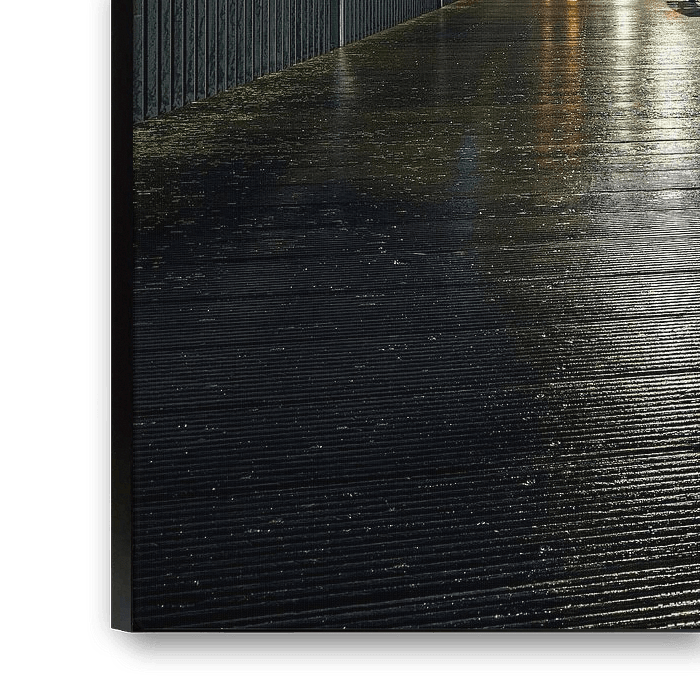

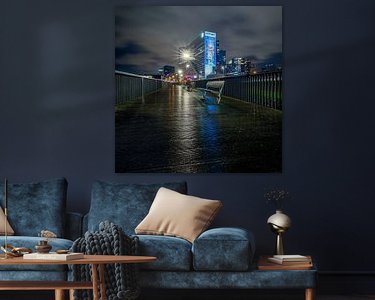

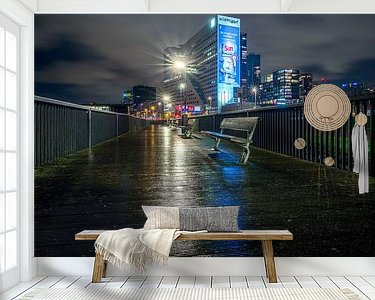
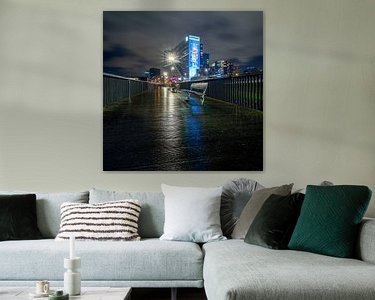

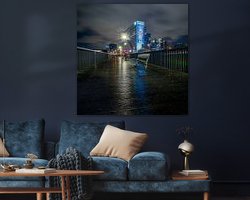
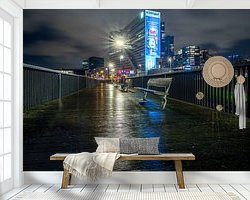
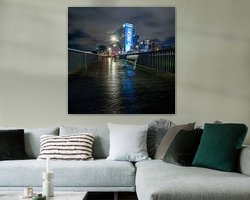

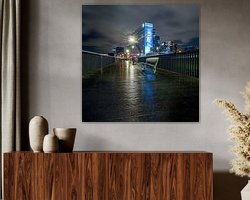
 High Dynamic Range
High Dynamic Range Mysterious Spheres
Mysterious Spheres Photo wallpaper
Photo wallpaper Photography
Photography Rain
Rain Rotterdam
Rotterdam Serene Peace
Serene Peace Trees
Trees









